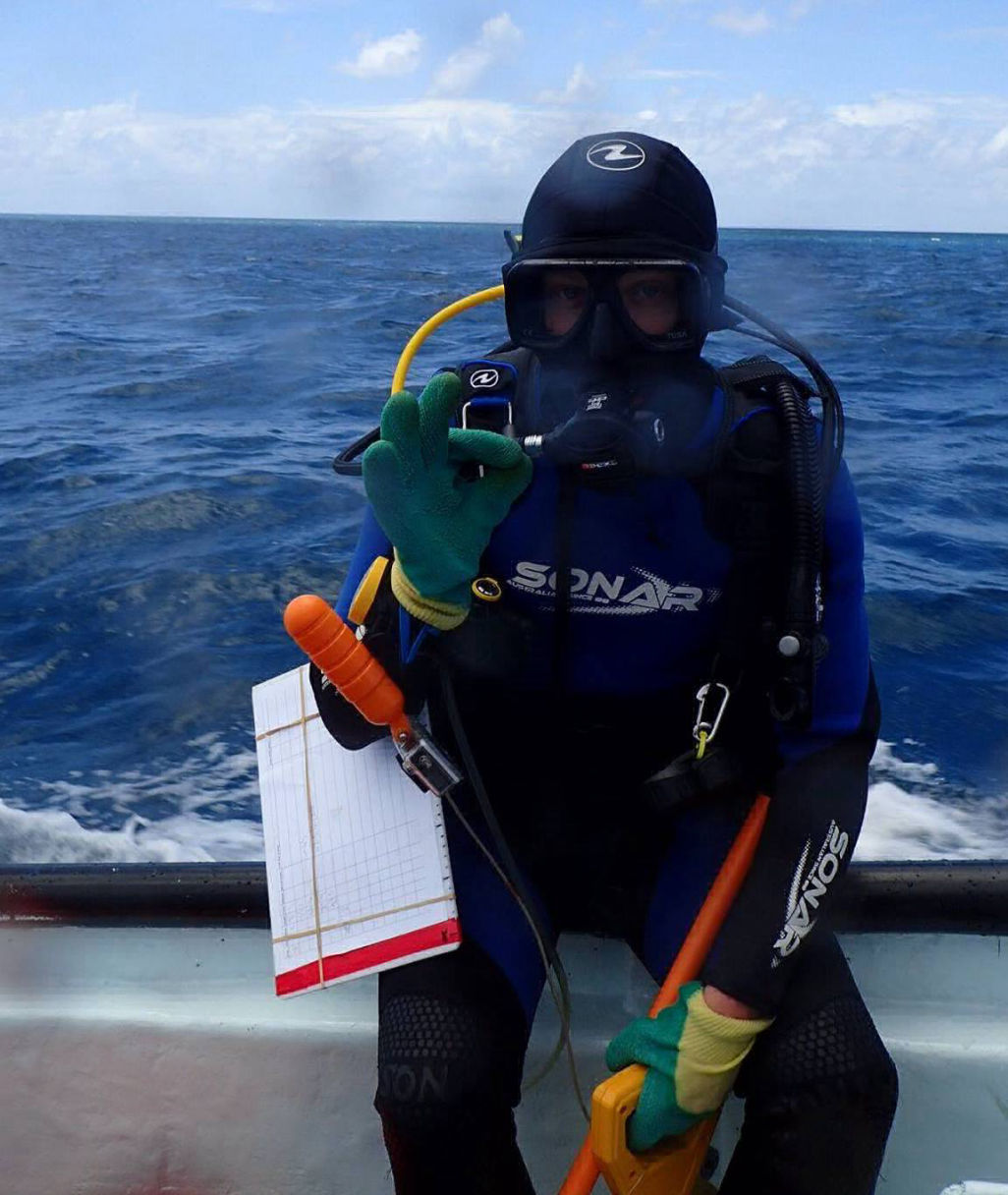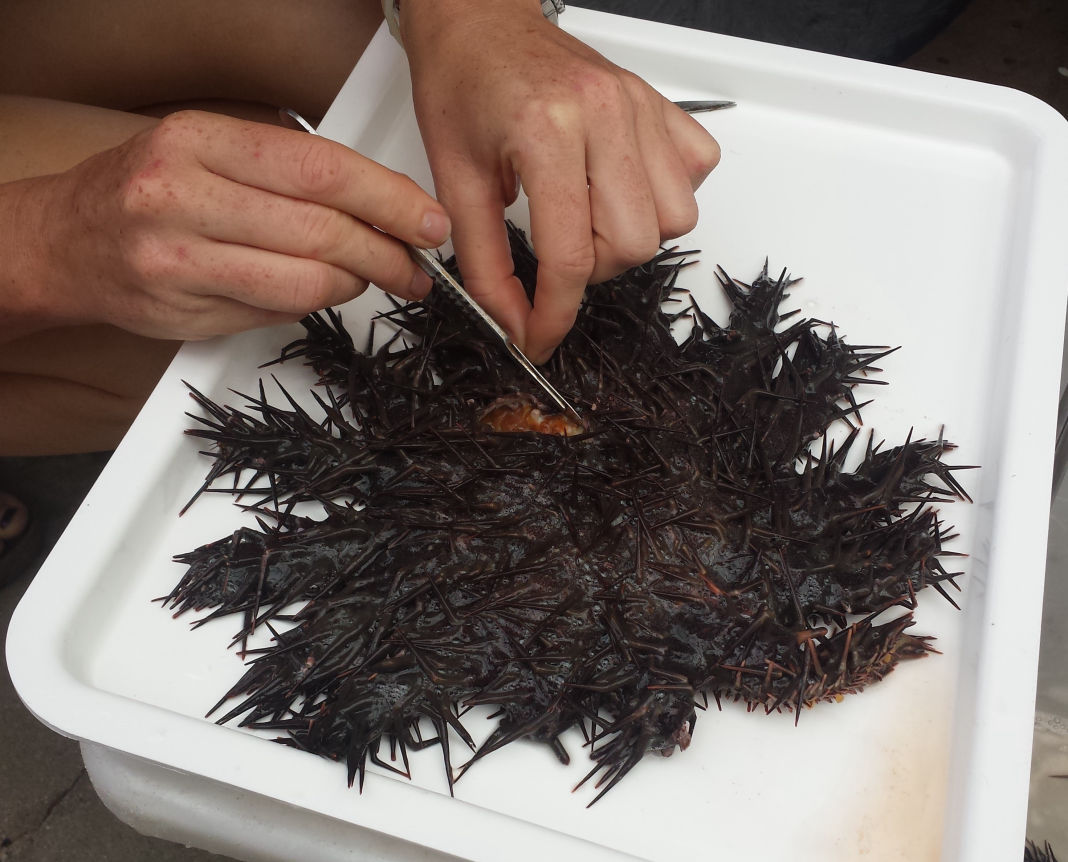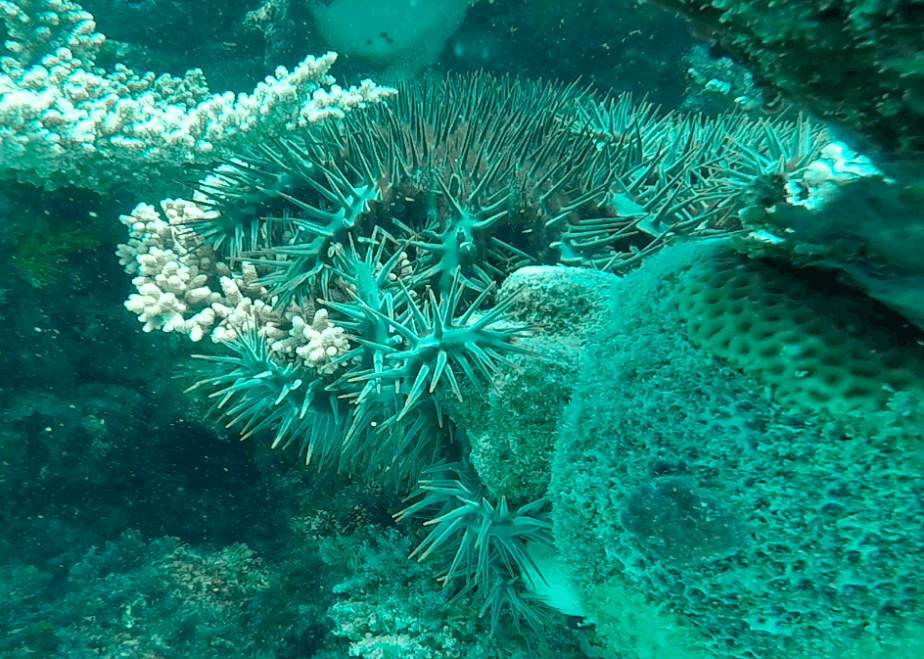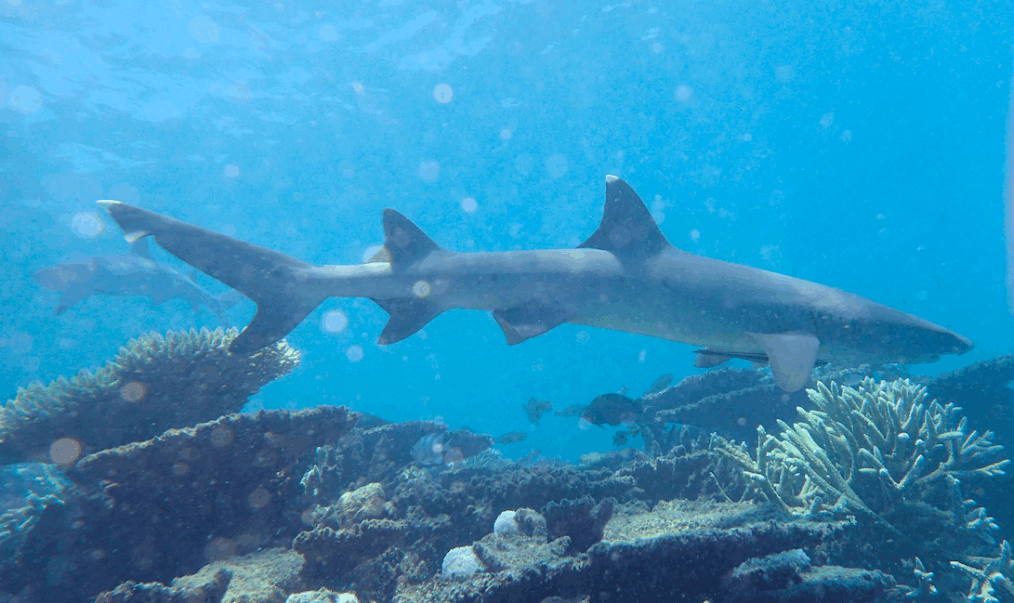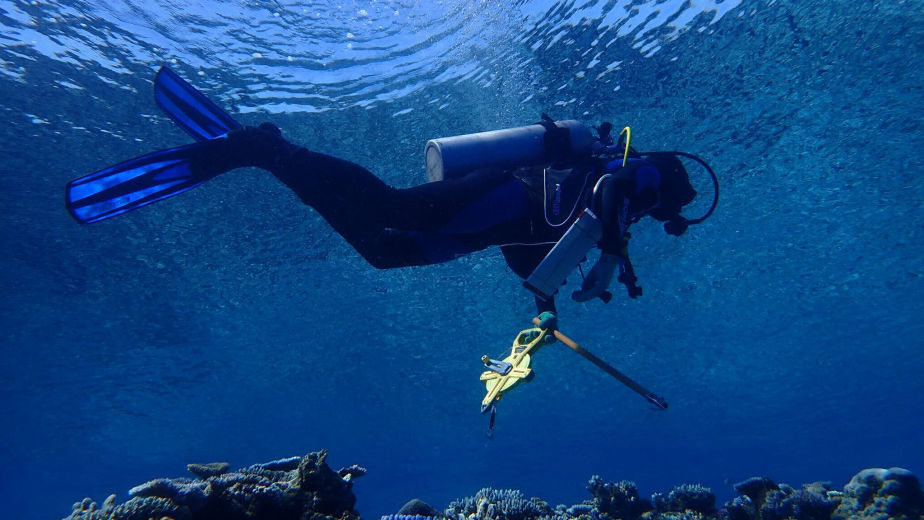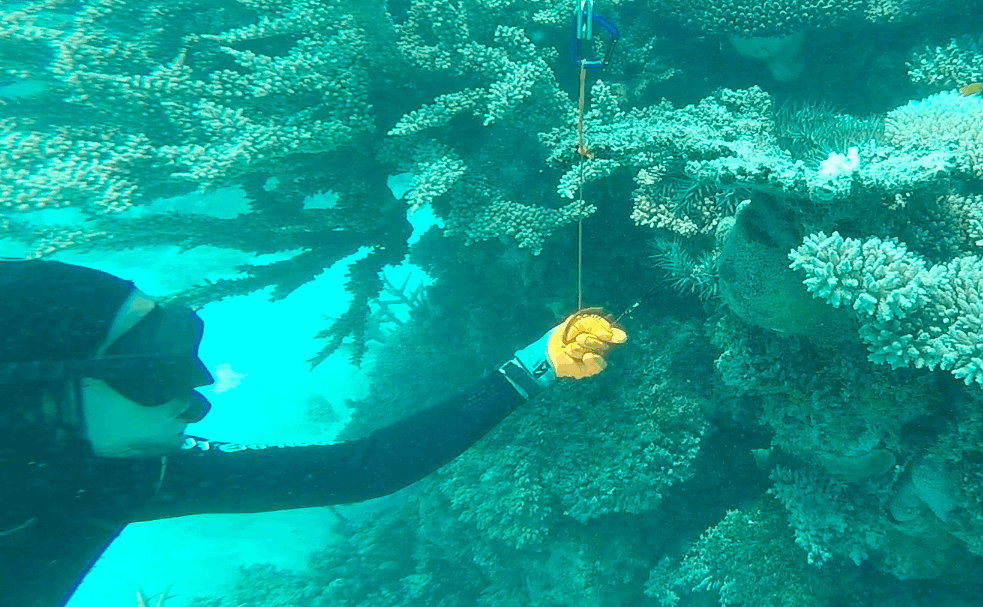
Science that plugs into the broader community
During the trips groups of marine science students and volunteers collaborate to collect measurements for the students’ research PhDs. The volunteers create social media stories around the experience to raise attention about the state of the Reef and to engage the broader public with reef conservation. To maximise the scientific value of the trips, the students maintain full control over the itinerary and onboard procedures. In some projects students also train up volunteers to assist in field measurement.
The initiative also hopes to engage commercial organisations in partnership opportunities that can readily expand organisations’ corporate social responsibility footprints in ocean conservation.
